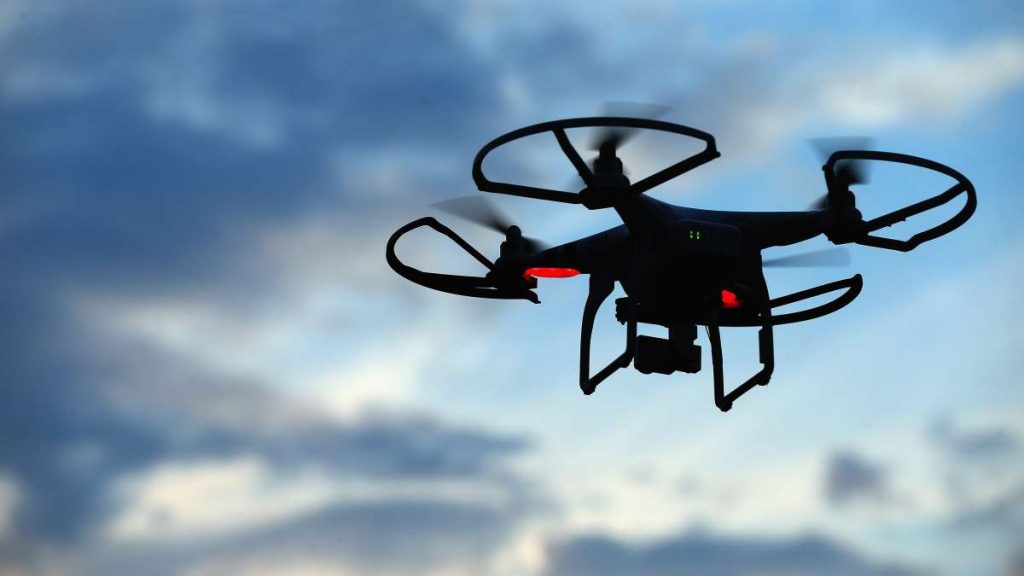Picking out your first drone is an exciting event, though it can take weeks of research to narrow down your favourite contenders. Why will it take so long? Because there are plenty of things to consider before you put any cash down on your new hobby.
Things such as how easy your drone is to repair, and what the camera resolutions are take priority for beginner videographers, while those after just a drone to explore their surroundings with may prefer checking the flying time and speed first and picking a model which offers those. For complete beginners, here are the top things to consider before picking out a drone for the first time.
. Flying Time
When it comes to picking out a drone – for hobby flyers or those hoping to turn professional – you’ll want to first consider the flying time your drone can manage. Larger drone models tend to have larger engines and can thus stay in air for longer than smaller models on a single charge.
As such, you’ll often find professionals seeking out drones which can fly for up to half an hour, as opposed to smaller models that are only able to fly up to ten minutes. If the larger models are out of your price range, then investing in extra batteries may be the way to go.
. Batteries
Finding drones which can have their batteries swapped out means you don’t have to invest a ton of money into your first drone and can rather spend some extra to buy batteries so your drone can gain some additional flight time. Keeping spare batteries around – one to two of them fully charged at a time – ensures that you can get the panoramic view and perfect shot you’re hoping for.
. GPS
Ensuring your GPS is top-notch means you’re unlikely to lose your drone in the woods when it’s battery runs low – and it can also ensure the drones software can generate safe automated flight plans and pathways. The return home function most newer drone models offer means you can get your drone to return to where it took off easily.
. Speed
How fast your drone can fly can make a difference if it’s on a collision course with another drone – and if you’re after a landscape shot of the area, you’ll want your drone to reach the right height quickly, especially if it has a small battery. Most entry-level drones can reach between 12 – 15 miles an hour, while mid-price drones reach around 45 – 50. Racing drones can quickly hit 130 miles an hour, but for most people, mid-price drone speeds will suit their needs.
. Flight Range
How far your drone can fly is another factor when it comes to purchasing decisions. If you’re after aerial photography then it’s important you pick a professional drone that has a greater flight range of up to 2 kilometres, as opposed to lower priced models which can only reach 500 metres. Always check your country laws too before purchasing a drone as some outright forbid drone flights that are more than 1km away.
. Camera
A rather important choice when it comes to drones, you’ll need to check if your drone comes with:
- Stabilization (so the footage is smooth)
- Resolution (anything from 2MP up to 1080p HD will suit those home videos and photographs, while 4K will suit professionals)
. First Person View
First person view is an important feature – you’ll need to check if your drone offers it so you can see what the drone is facing in real time & can be controlled by a tablet or smartphone. This will help you get that perfect shot or ensure you don’t crash into any unexpected obstacles.
. Repairs
Finally, you’ll need to check if the drone your choosing can be easily repaired or if you’ll have to import pricy parts should the drone have a collision or crash landing. You don’t want to have to splash your apuestas deportivas Chile winnings on getting your drone flying again.
Most drones come with a few additional parts included, but these can be used up quickly, especially if you let other people take the helm of your drone.
Looking for a brushless motor when choosing a drone ensures you pick a model with a longer lifespan than brushed motors – which often break.

